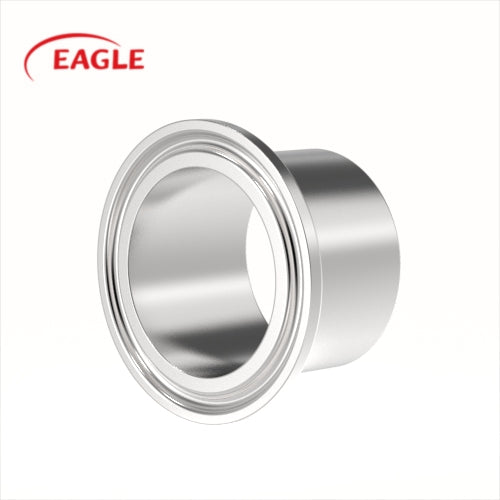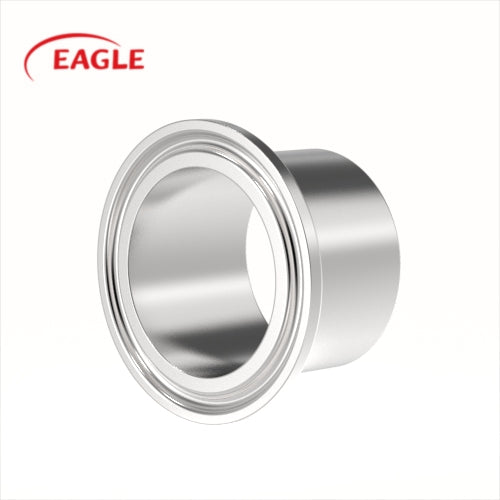Sanitary Flanges: Essential Components for Hygienic Process Systems


# Sanitary Flanges: Essential Components for Hygienic Process Systems
Sanitary flanges play a critical role in maintaining the integrity and cleanliness of process systems, particularly in industries where hygiene is paramount. These specialized components are designed to ensure leak-free connections while adhering to strict sanitary standards. In this article, we will explore the importance of sanitary flanges, their applications, and the key features that make them indispensable in hygienic process systems.
## What Are Sanitary Flanges?
Sanitary flanges are connectors used to join pipes, valves, pumps, and other equipment in process systems. Unlike standard flanges, they are specifically engineered for industries such as food and beverage, pharmaceuticals, biotechnology, and cosmetics, where contamination must be minimized. These flanges are typically made from high-quality materials like stainless steel, which is resistant to corrosion and easy to clean.
## Key Features of Sanitary Flanges
Sanitary flanges are designed with several features that set them apart from conventional flanges:
– Smooth Surface Finish: The surfaces of sanitary flanges are polished to a high degree, reducing the risk of bacterial growth and making them easier to clean.
– Hygienic Design: They are free from crevices and sharp edges, ensuring that no contaminants can accumulate.
– Compatibility: Sanitary flanges are compatible with various gaskets and seals, ensuring a tight and secure connection.
– Standardized Dimensions: They adhere to industry standards such as 3-A, DIN, and SMS, ensuring consistency and ease of installation.
## Applications of Sanitary Flanges
Sanitary flanges are widely used in industries where cleanliness and sterility are critical. Some common applications include:
– Food and Beverage Processing: Ensuring that products remain uncontaminated during production and packaging.
– Pharmaceutical Manufacturing: Maintaining sterile conditions for the production of drugs and medical products.
– Biotechnology: Supporting processes that require aseptic environments, such as cell culture and fermentation.
– Cosmetics: Preventing contamination in the production of skincare and beauty products.
## Choosing the Right Sanitary Flanges
Selecting the appropriate sanitary flanges for your process system is crucial. Consider the following factors:
– Material: Stainless steel is the most common choice due to its durability and resistance to corrosion.
– Size and Pressure Rating: Ensure the flanges match the specifications of your system, including pipe size and operating pressure.
– Standards Compliance: Verify that the flanges meet relevant industry standards for your application.
– Surface Finish: Opt for a finish that meets the hygiene requirements of your industry, such as a Ra value of 0.8 µm or lower.
## Maintenance and Cleaning
Proper maintenance and cleaning are essential to ensure the longevity and performance of sanitary flanges. Regular inspections should be conducted to check for wear, damage, or contamination. Cleaning procedures should follow industry best practices, using appropriate detergents and sanitizers to maintain hygiene standards.
## Conclusion
Sanitary flanges are indispensable components in hygienic process systems, ensuring the integrity and cleanliness of operations in critical industries. By understanding their features, applications, and maintenance requirements, you can make informed decisions to optimize your process systems. Whether in food production, pharmaceuticals, or biotechnology, sanitary flanges provide the reliability and hygiene needed to meet stringent industry standards.
Keyword: sanitary flanges